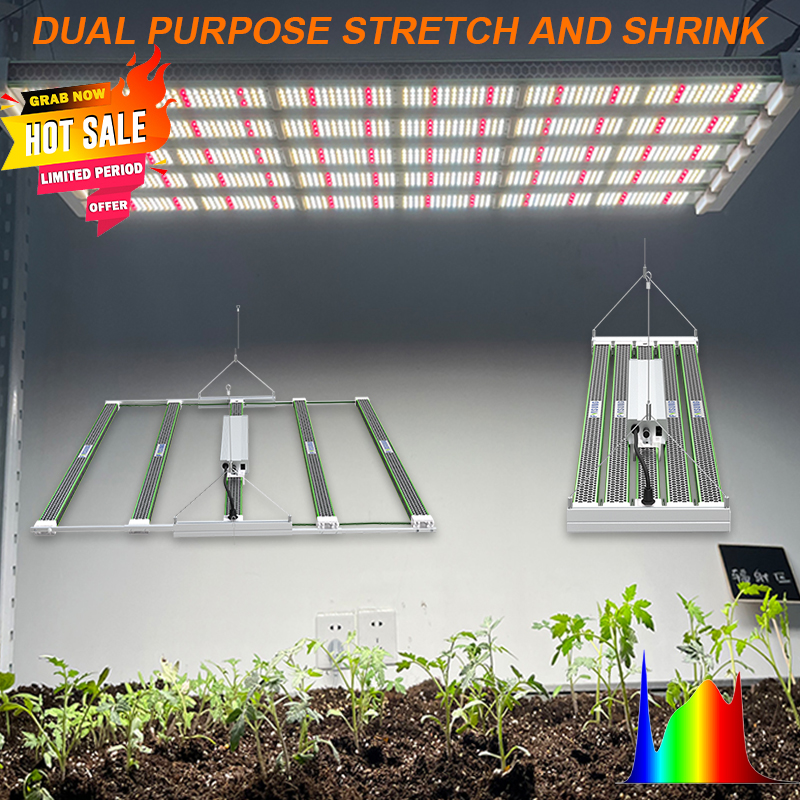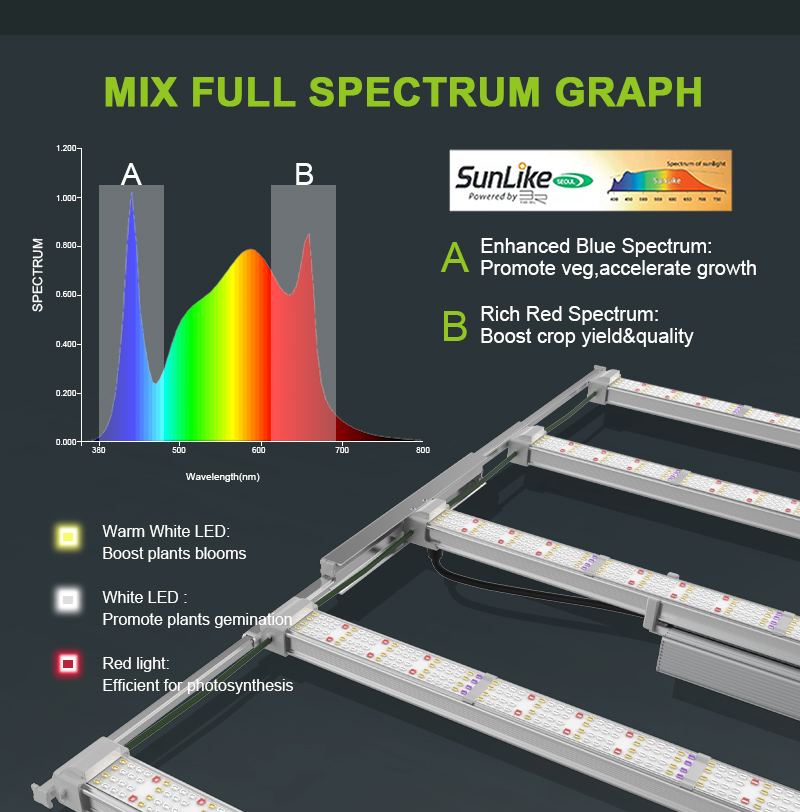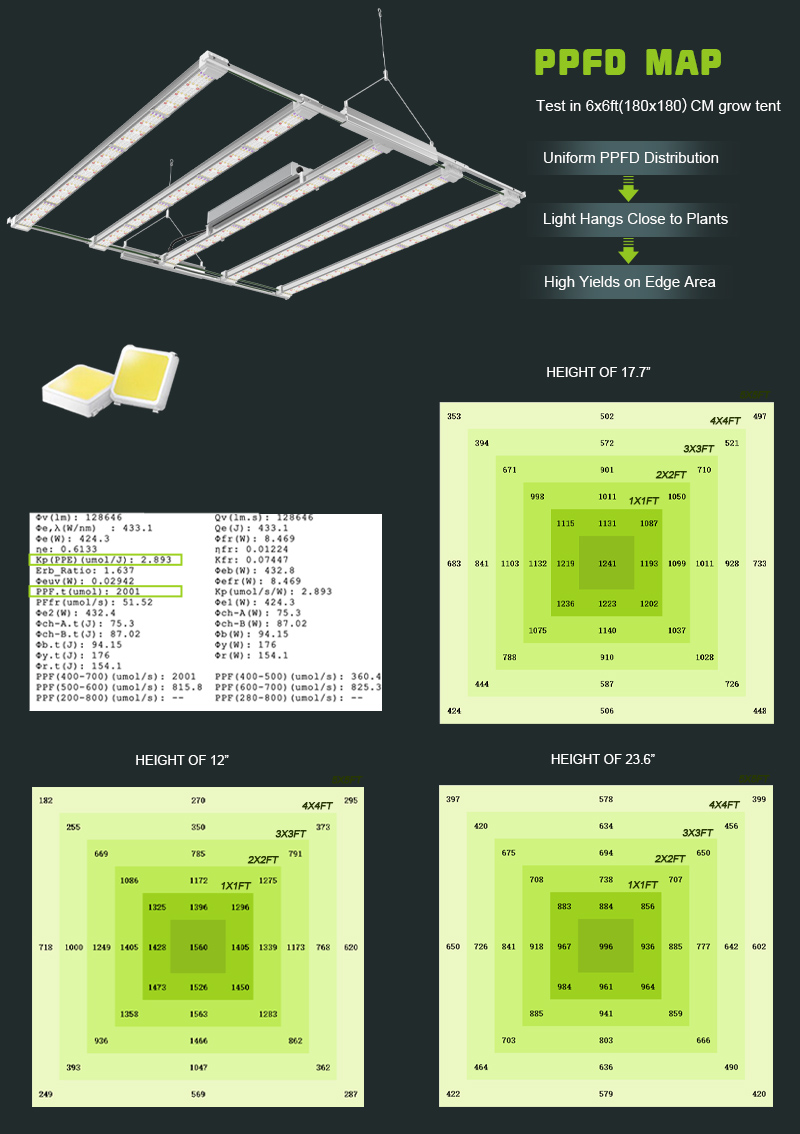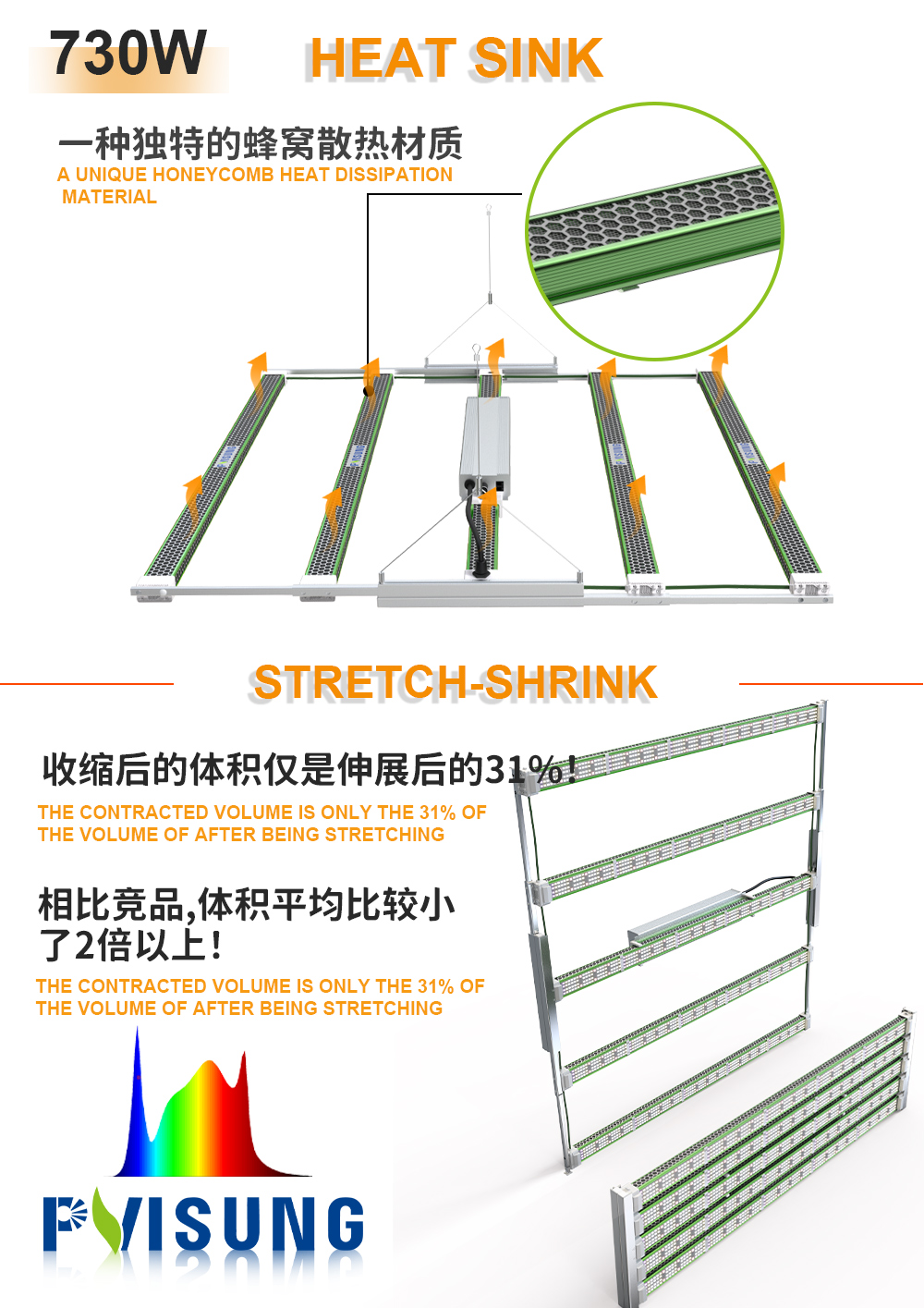In the context of agricultural production, the overuse of pesticides beyond recommended levels is one of the primary causes of pesticide residues in food. To avoid exceeding safety limits, it is crucial for farmers to carefully read and follow the instructions on pesticide labels. Excessive application not only increases costs but also leads to higher residue levels in crops, which can be harmful to consumers. Moreover, it may accelerate the development of resistant pests, weeds, and diseases, making future pest control more challenging.
Pesticide residues can exceed safe levels due to several factors: the quantity applied, the frequency of application, the timing and season of use, and differences in safety intervals and maximum residue limits across various crops. For instance, the same pesticide might have different allowable limits depending on whether it's used on tomatoes or wheat.
To reduce the risk of pesticide misuse, it's essential to apply them within the specified range. The Chinese Pesticide Network offers some practical tips for farmers:
First, always purchase pesticides from reputable and licensed retailers to ensure product quality and legality. Second, strictly adhere to the target pests and crops listed on the label. For example, isocarbophos is only approved for use on rice and cotton and should not be applied to other crops. Third, pay attention to the formulation and dosage when using similar pesticide names. Even if two products share the same active ingredient, such as imidacloprid, they may come in different forms—like wettable powders or suspensions—and require distinct application methods. Misusing these can lead to serious residue issues. For example, applying a 600 g/L imidacloprid suspension meant for rice to cucumbers could result in excessive imidacloprid residues, posing health risks.
By following these guidelines, farmers can protect both their crops and consumers while promoting sustainable agricultural practices.
730W Led Grow Light Indoor Plants
The 730W LED Plant growth Lamp is a high performance plant lighting device that uses LED (light emitting diode) technology to provide the spectrum and brightness required for plant growth.
LED plant growth lamps have the following features and advantages:
1. High efficiency: LED lamps have the characteristics of high energy efficiency and low energy consumption, compared with traditional fluorescent lamps or high-pressure sodium lamps, LED plant growth lamps can provide higher light intensity with lower power, thus saving energy costs.
2. Full spectrum: 730W LED plant growth lights can provide the full spectrum of light required for plant growth, including blue, red and other wavelengths of light. These spectra are very important for photosynthesis and growth and development of plants.
3. Adjustable spectrum: Some 730W LED plant growth lamps have the function of adjustable spectrum, which can adjust the proportion of spectrum according to different plant growth stages to maximize the growth and development of plants.
4. Long life: LED lamps have a long life, usually reaching more than 50,000 hours, which is longer than the traditional lamp life, reducing the frequency and maintenance costs of replacing the lamp.
5. Space saving: 730W LED plant growth lights are usually compact in design and can be installed in smaller Spaces, suitable for indoor planting or small farming facilities.




horticulture led grow lights for greenhouse,led grow light bar,high yields led grow lights
Shenzhen Pvison Technology Co., Ltd. , https://www.pvisunggrowlight.com



